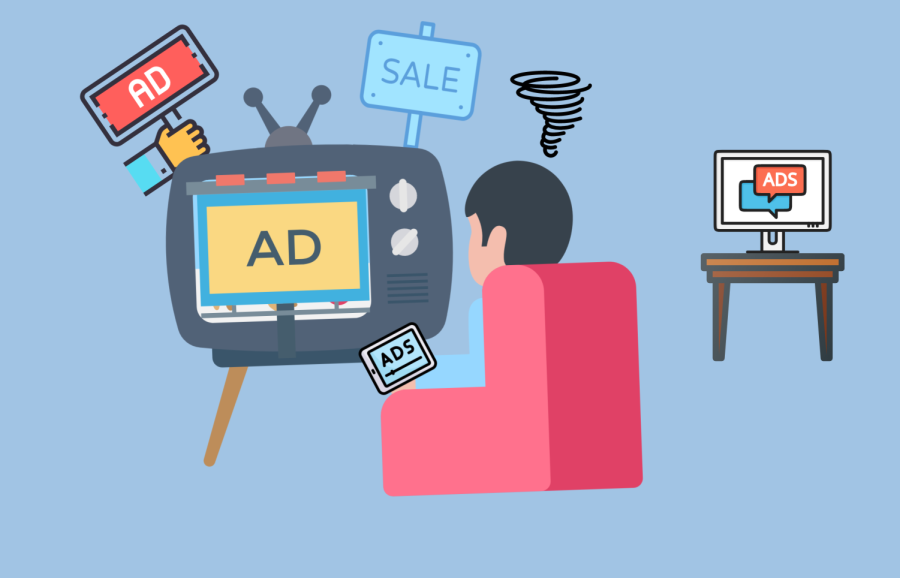Living In a Targeted Society
In a modern day America, our happiness becomes determined by others, whether we intend for it to happen or not. Before someone can decide whether they are happy or not, they have to look at what others have. Based on what their neighbors possess or do not possess, an individual decides that they are not satisfied with their life.
This is often the scenario that companies that advertise play into. With the help of the internet and new technologies, the average person can be exposed to up to 10,000 ads in one day. Oftentimes, we are exposed to advertisements that emphasize on negative feelings in order to market their product.
Here are 12 examples of harmful and unrealistic advertisements:
- This ad by DOVE, was banned for its racist video
- In this ad by Volkswagen, common gender stereotypes were enforced in this banned ad
- In this ad by Arnott, a biscuit and food company, stereotypical women behavior are the basis of the video
- The ad made by Valspar represents stereotypical women’s values
- A Kendall Jenner Pepsi ad brought about a lot of controversy on its message
- Gillette presents unrealistic standards on what its product can provide to you
- Dove also received a lot of controversy from its racist message
- Axe enforces gender stereotypes
- H&M’s ad was banned for having a racist product
- Nivea received backlash for its racist tagline
- Reebok makes a bold ad based off of male clichés
- Trident Gum presents unrealistic standards for their product
With the use of stereotypes, companies cause consumers to go in the mental circle of trying to fit into the same harmful stereotypes that have troubled our society over the past decades.
Dinyar Godrej from the New Internationalist, an award-winning magazine with global coverage, comments that “advertising today has little to do with introducing a new product or describing an existing one’s virtues. It has everything to do with images, dreams and emotions; stuff we are evolutionarily programmed to engage with but which is, almost without exception in the ad biz, fake” (Godrej).
Advertisements are often found to be aggressively targeted towards a certain audience. One of these targeted audiences is children. Children cannot identify the intentionally twisted images that advertisements have making them more susceptible to it. Dr. Dean Blumberg from UC Davis Health Children’s Hospital describes how “digital advertisements are increasingly targeting children when they play games, go on social media, use apps […] these ads may harm children by leading to childhood obesity, hurt their self-image, and increase use of tobacco products” (Blumberg).
Advertisements use psychological pressure to feed into feelings of inadequacy. Most times, these advertisements inaccurately portray their product and confuse customers. With little thought given to how harmful these messages can be, companies only seek to improve their image and promote their product.




